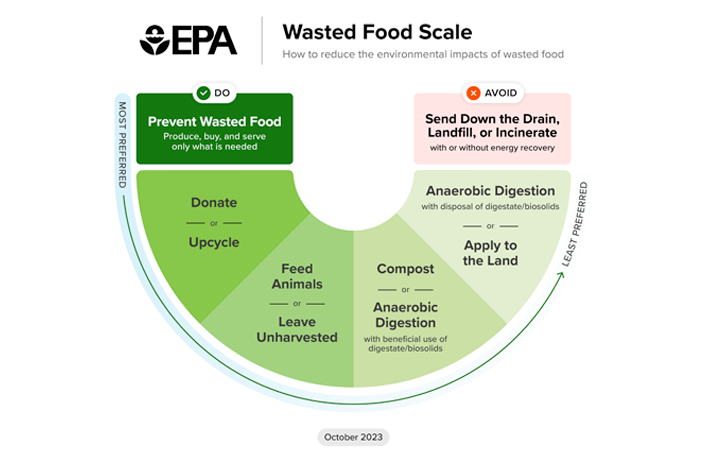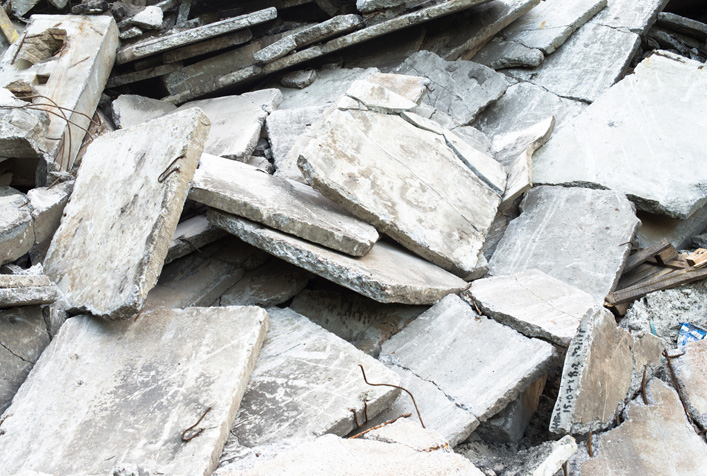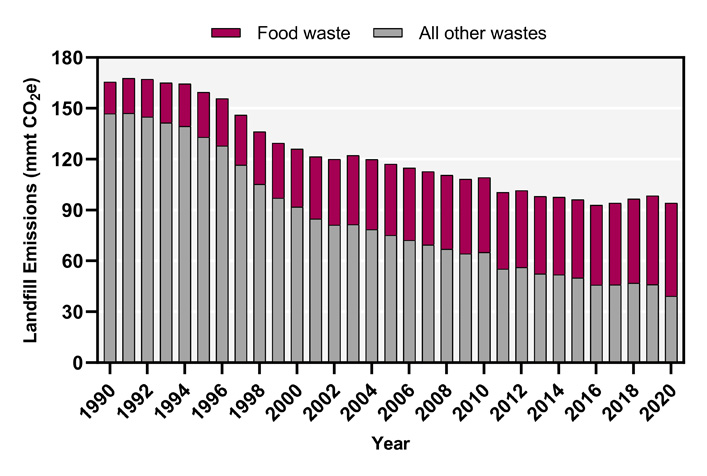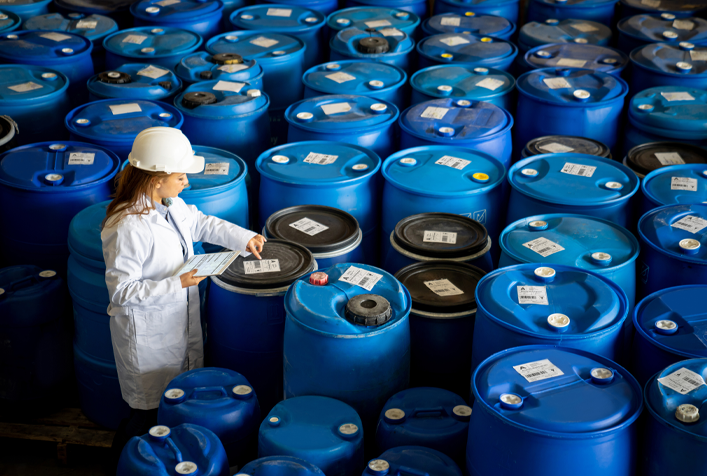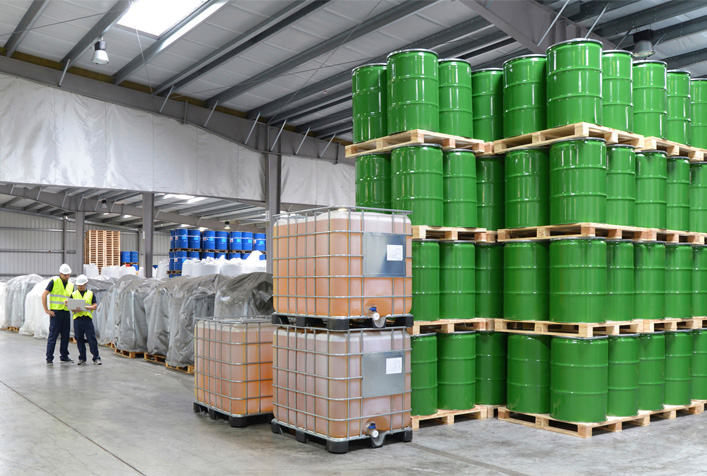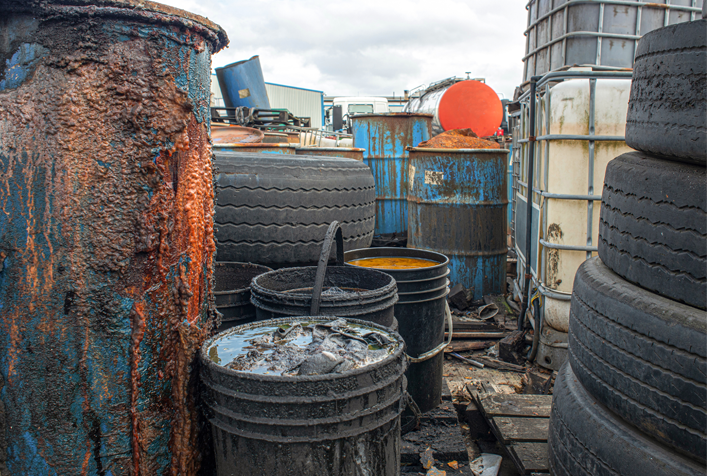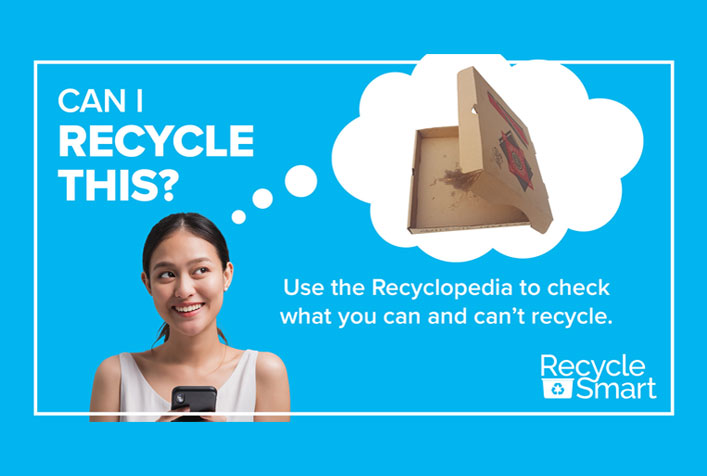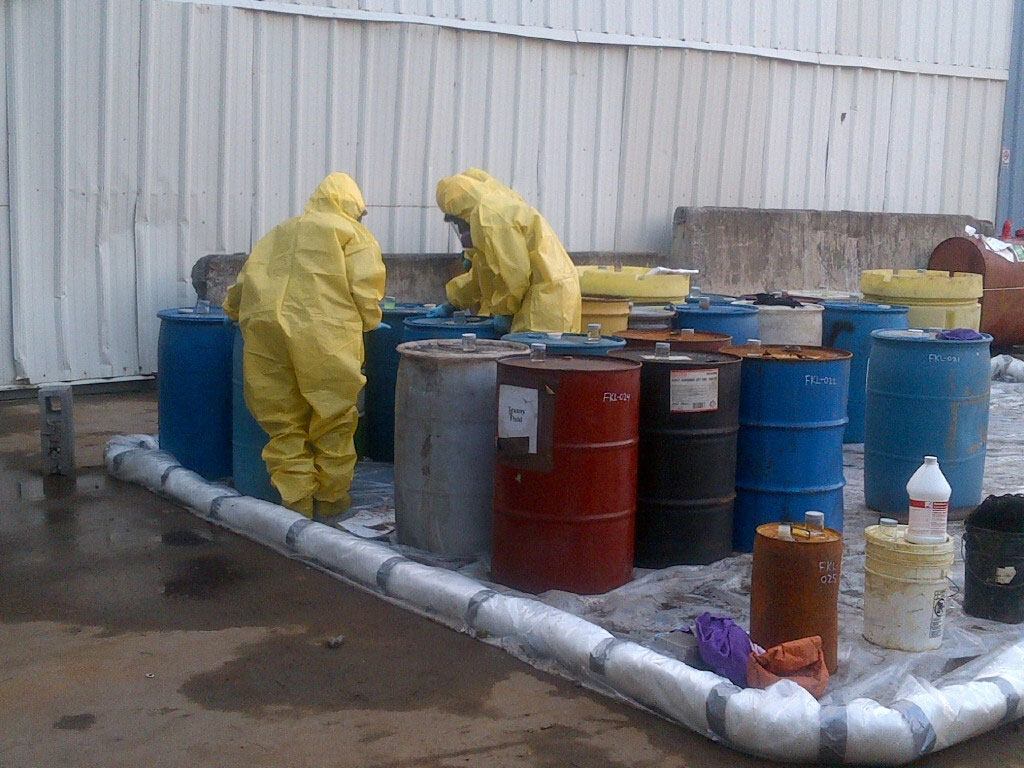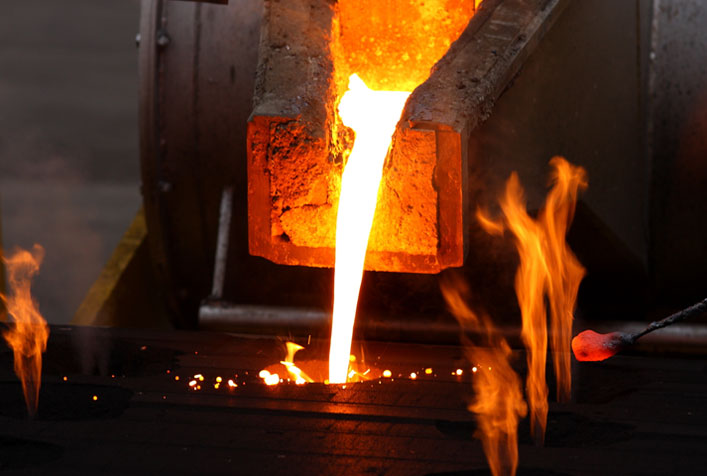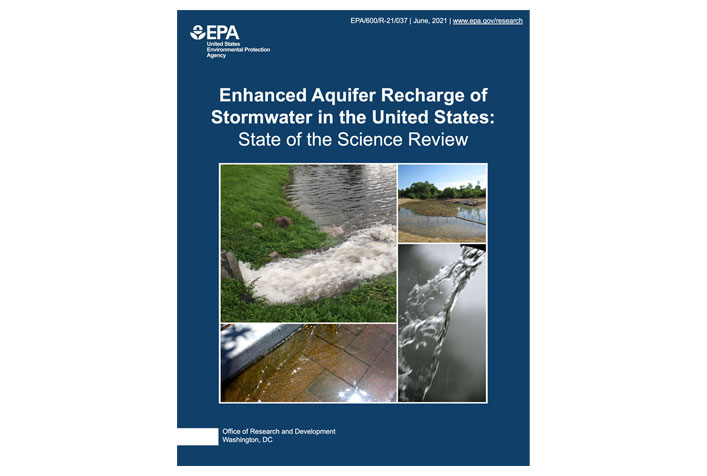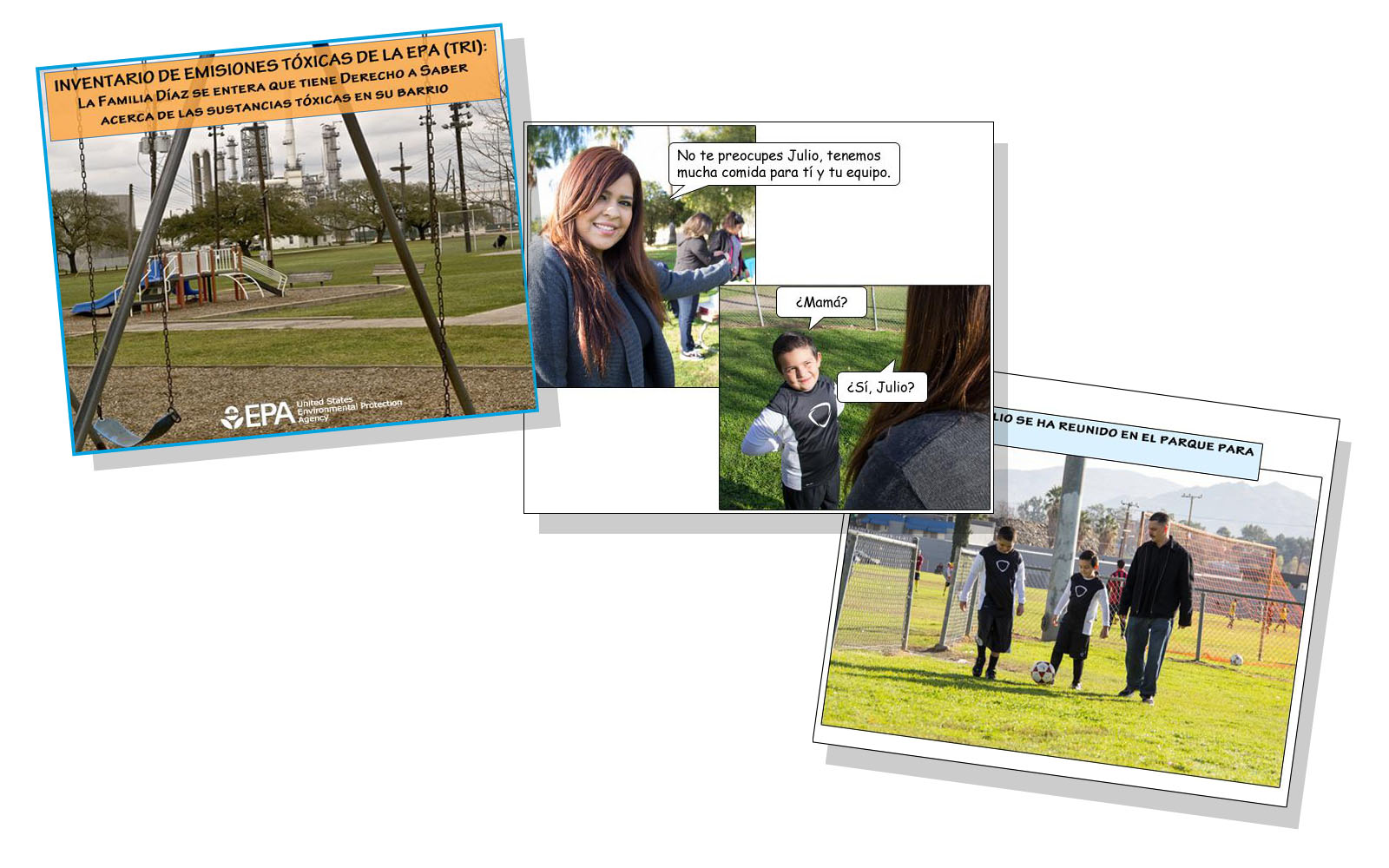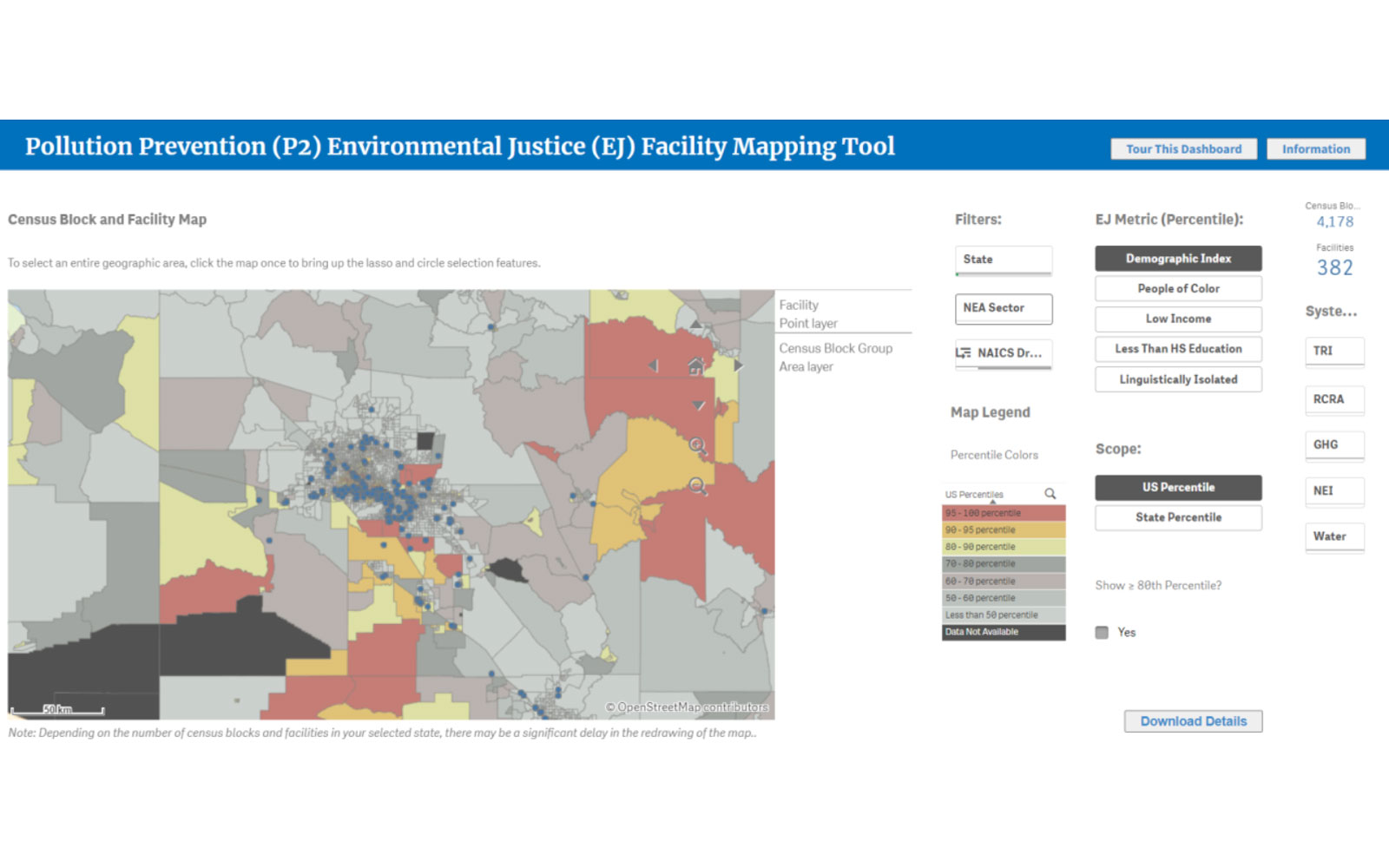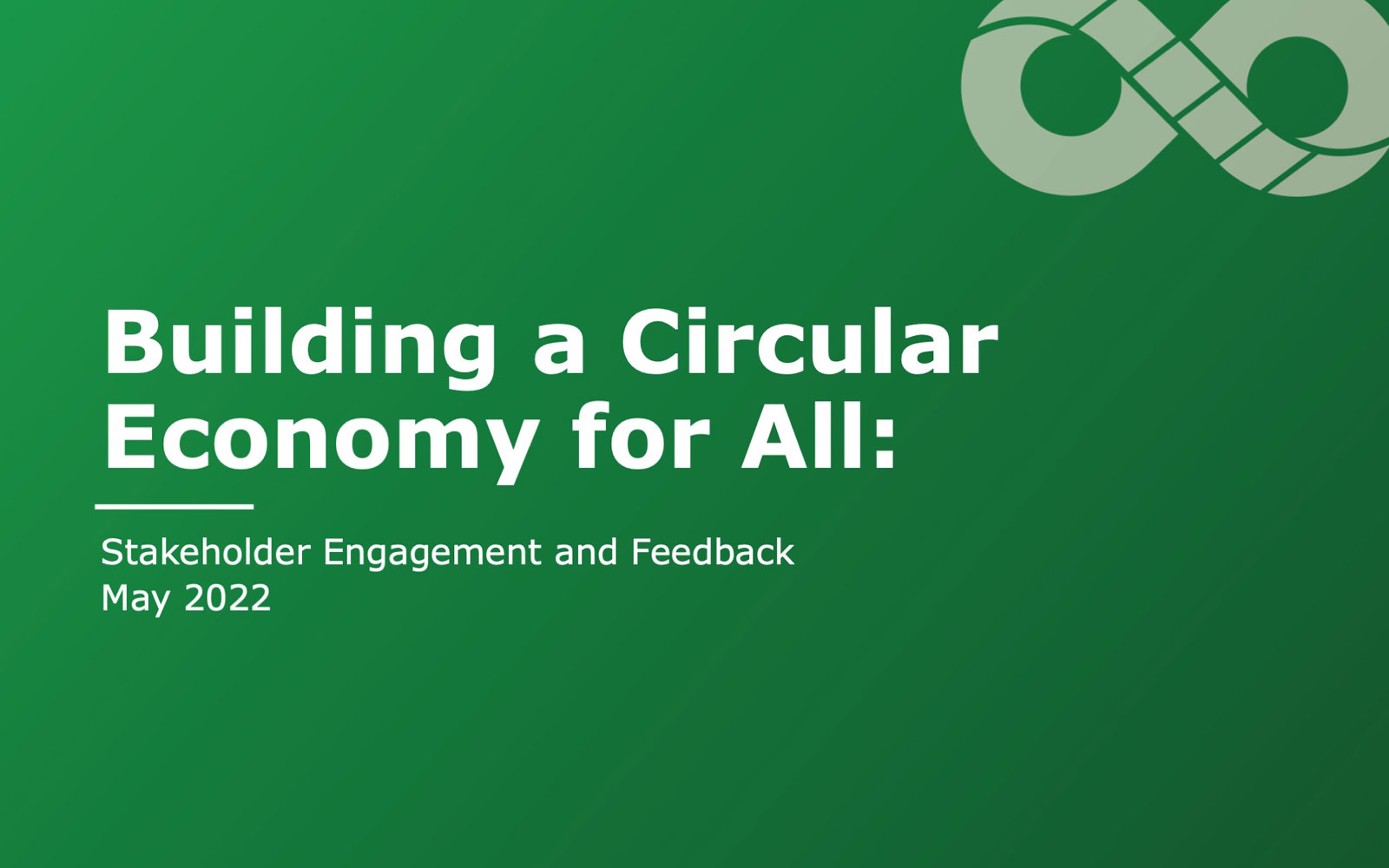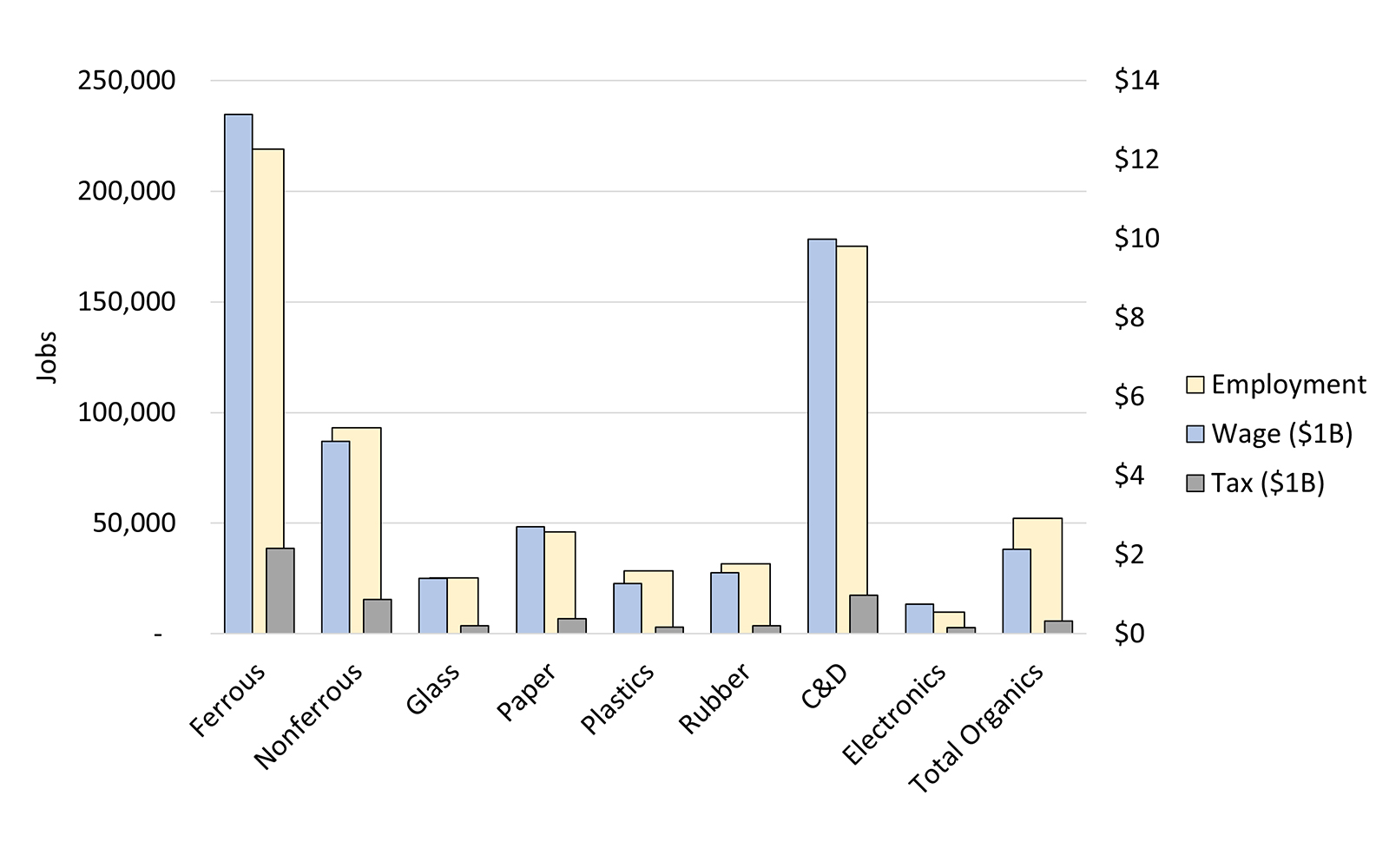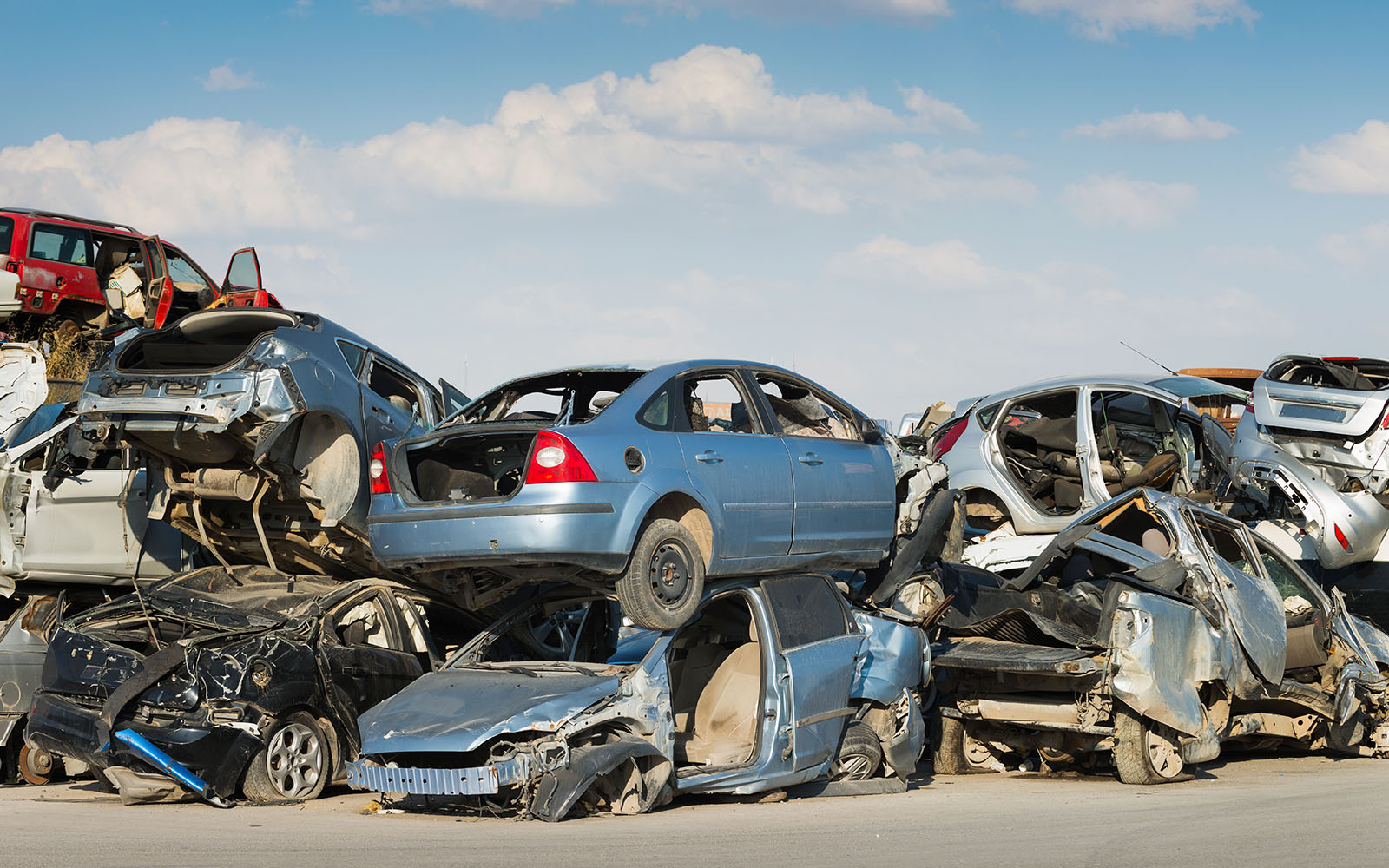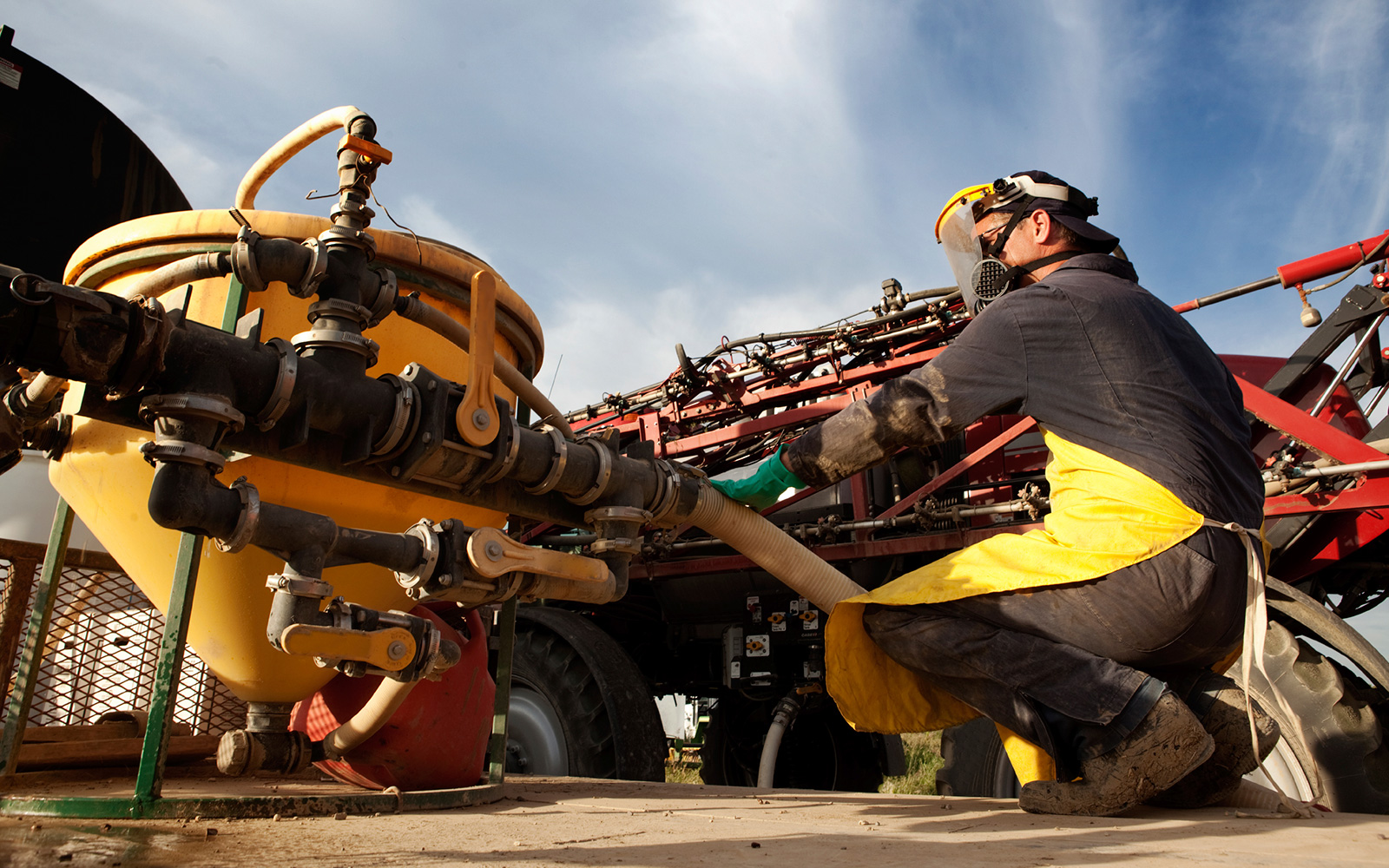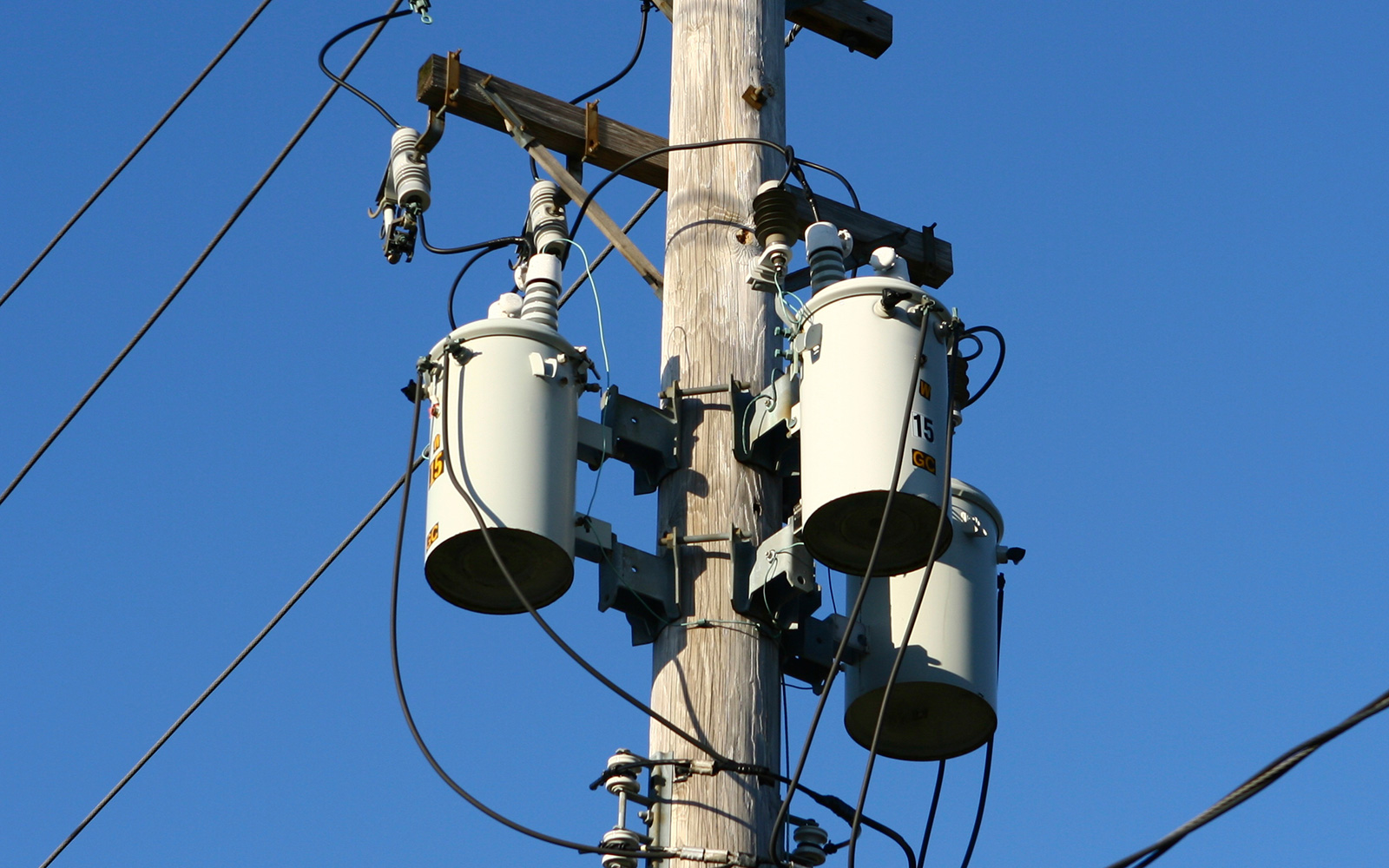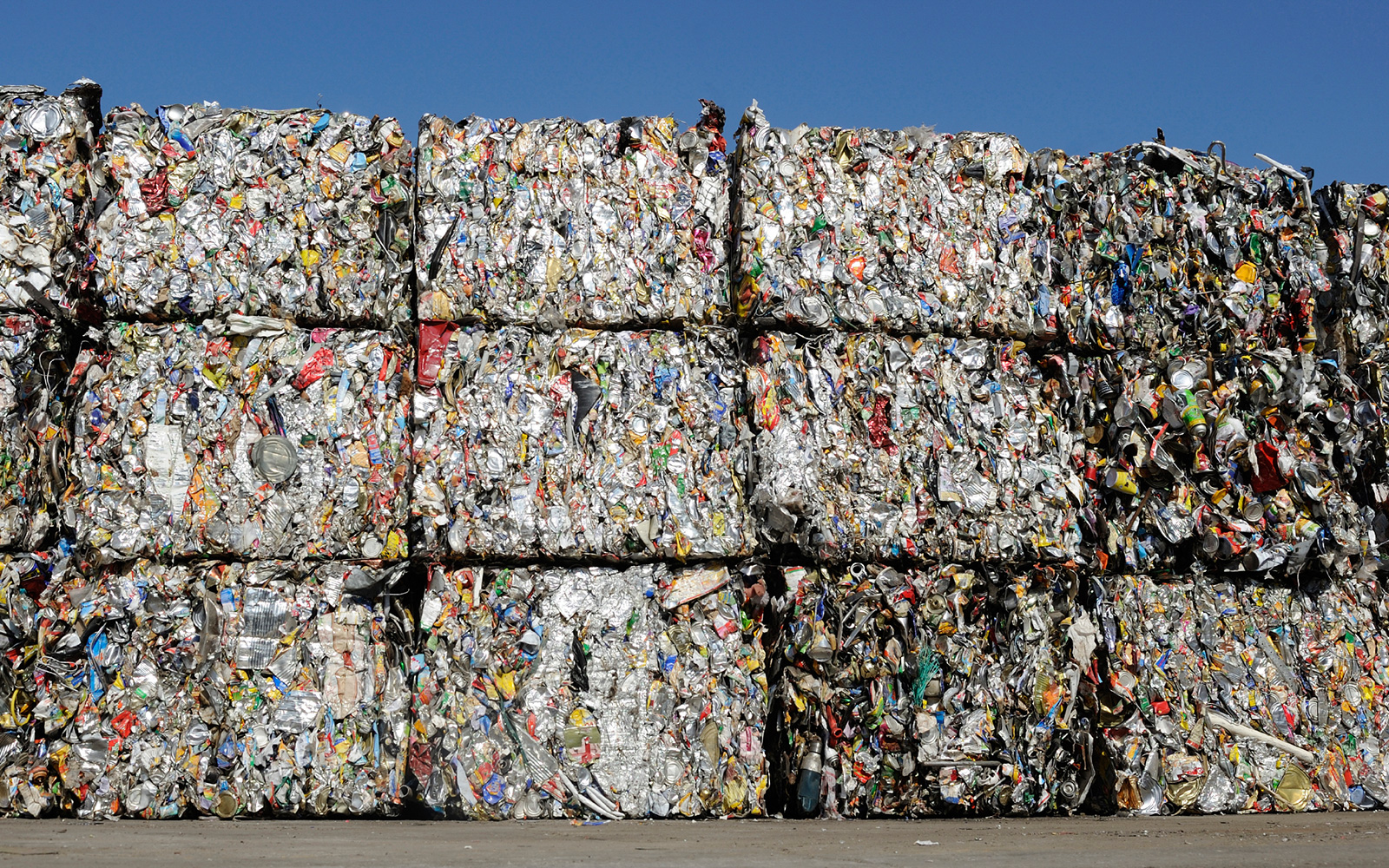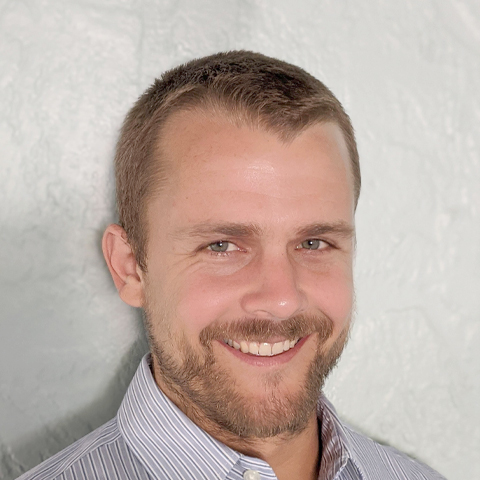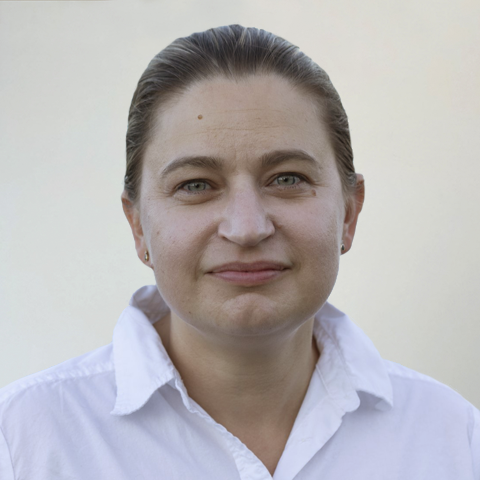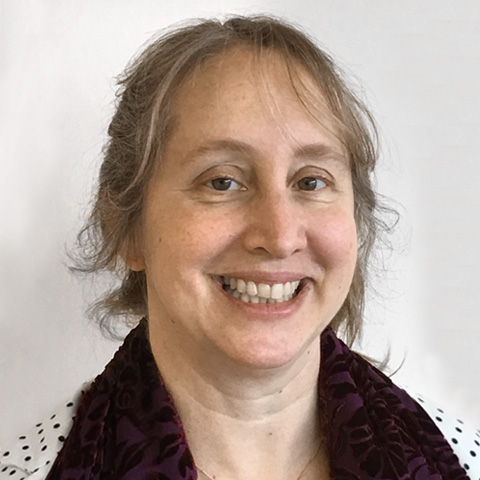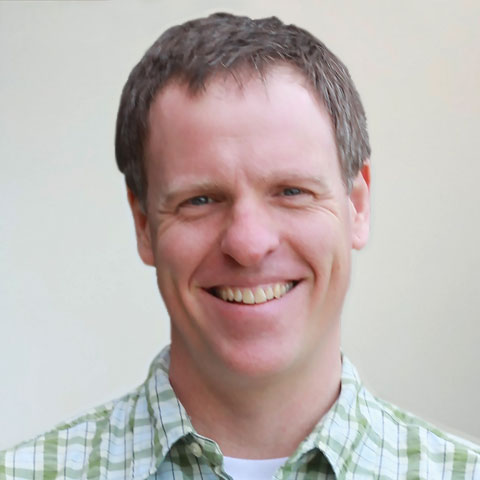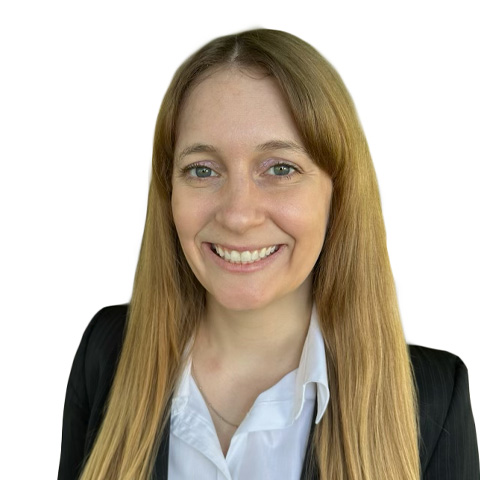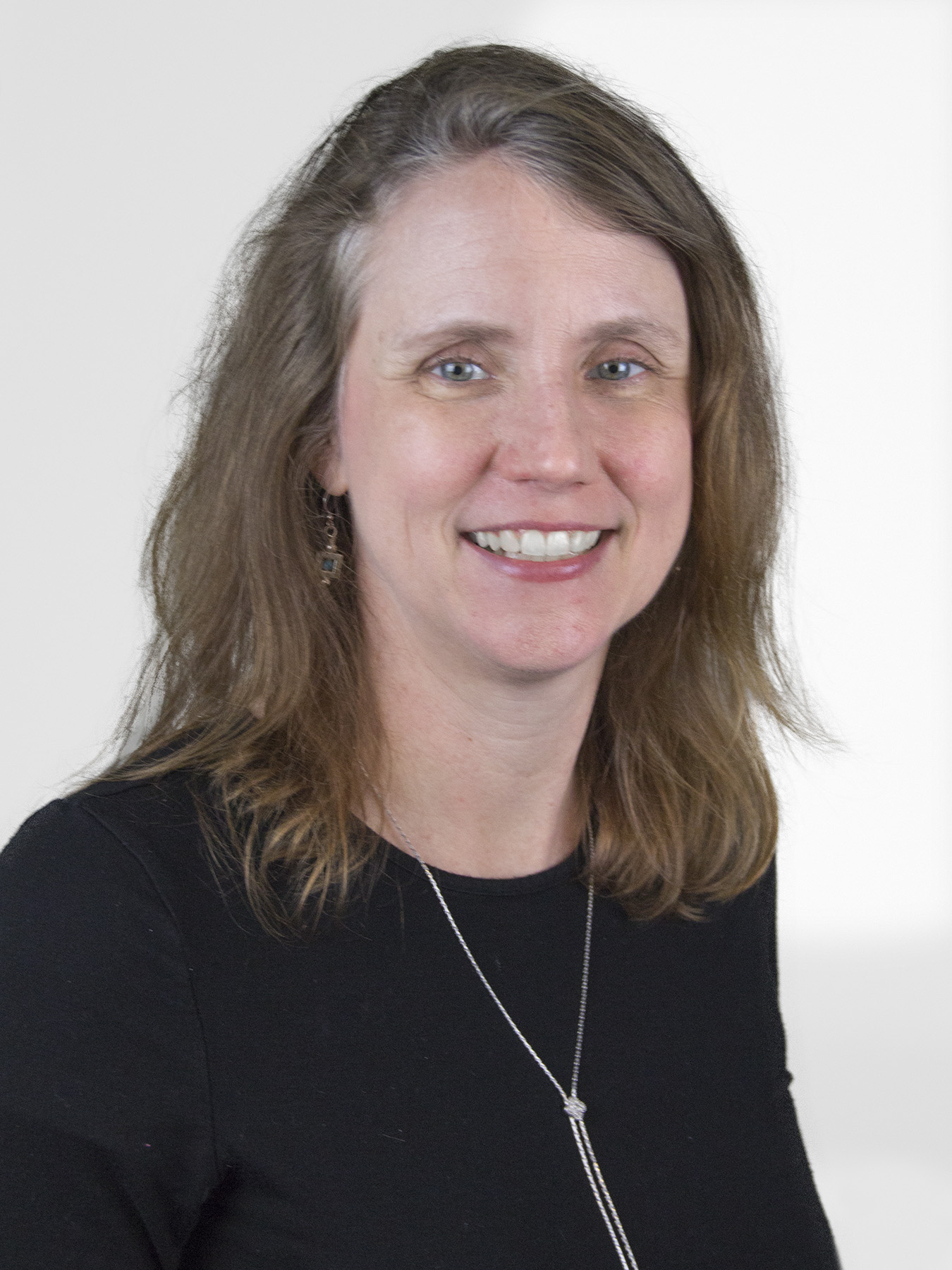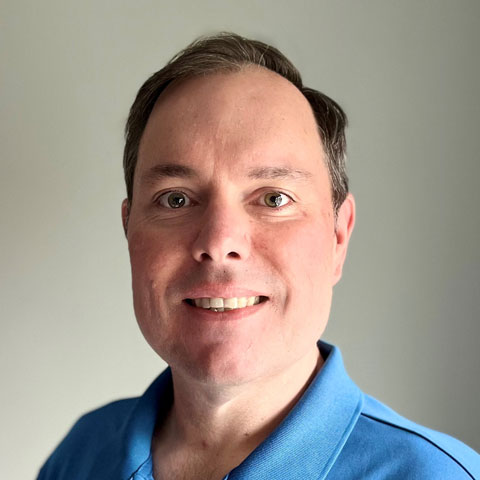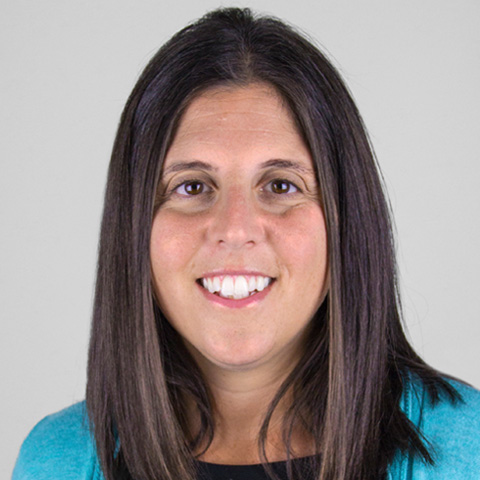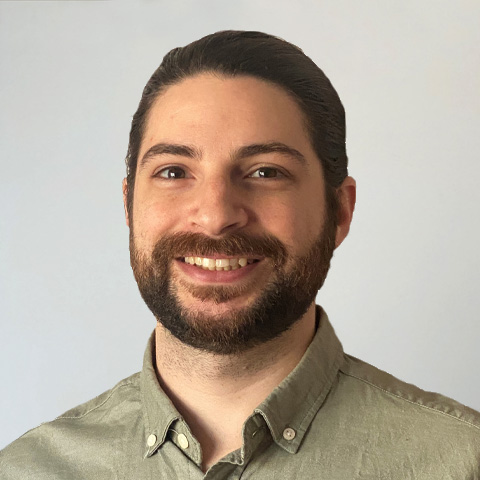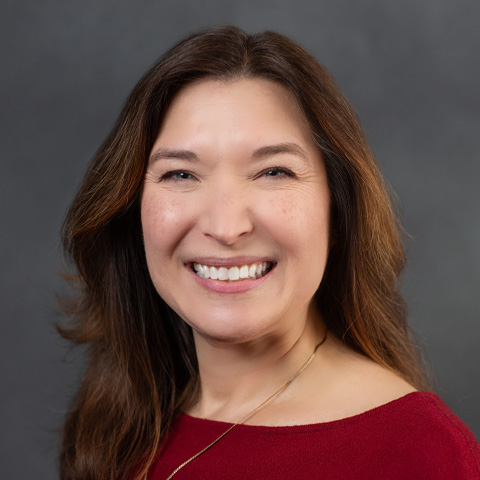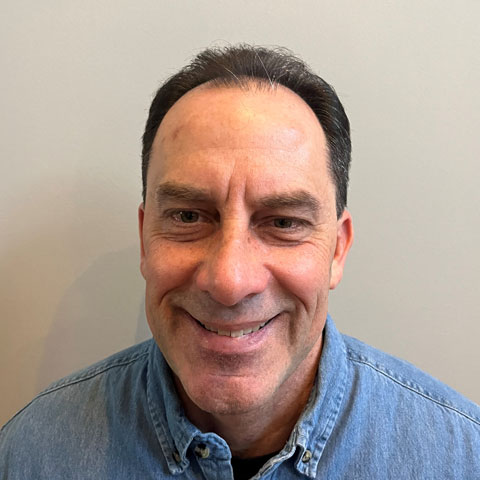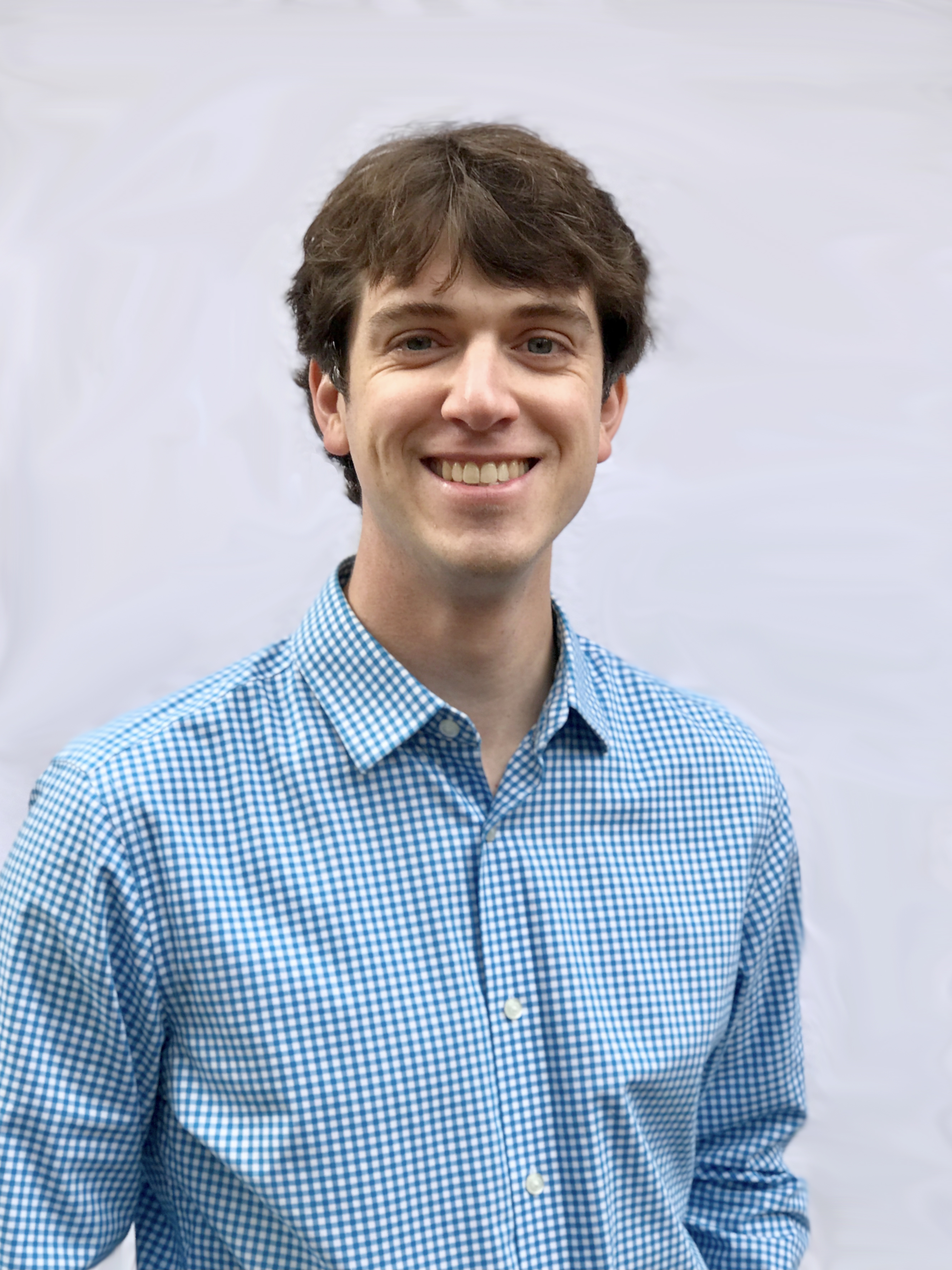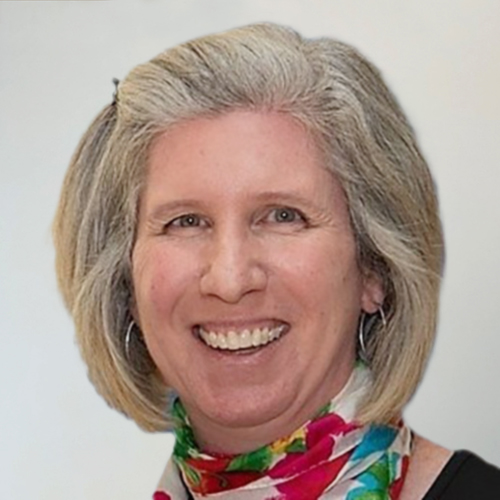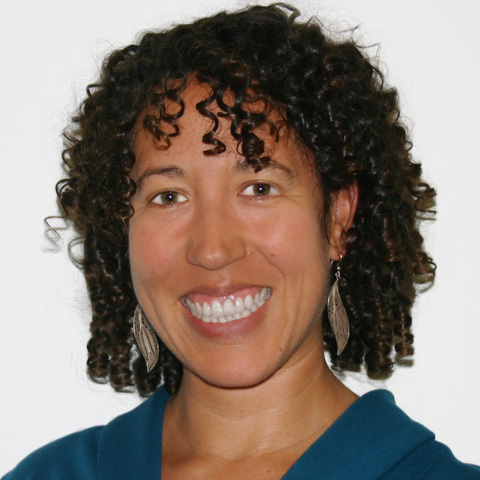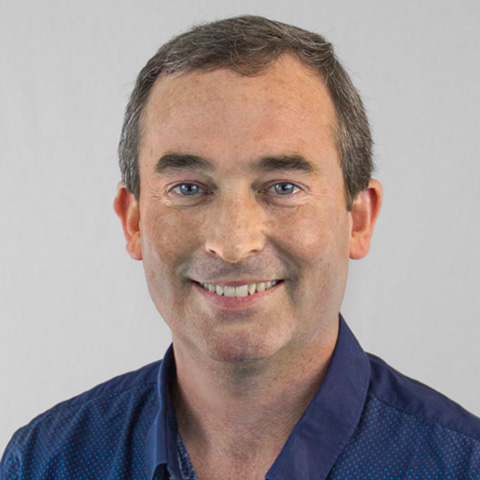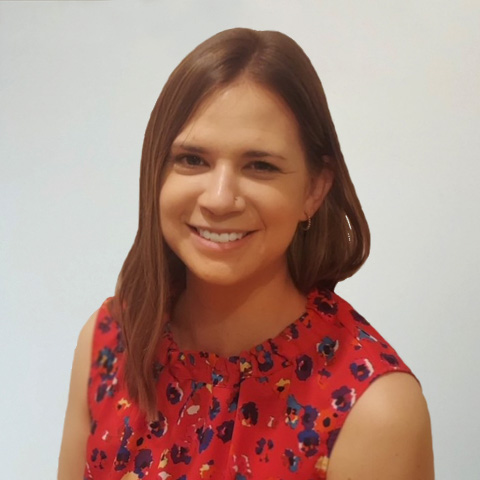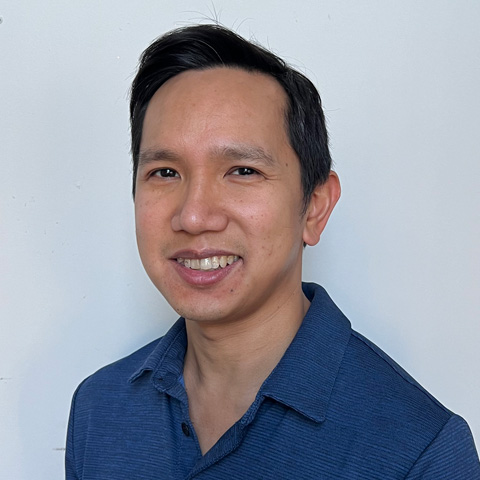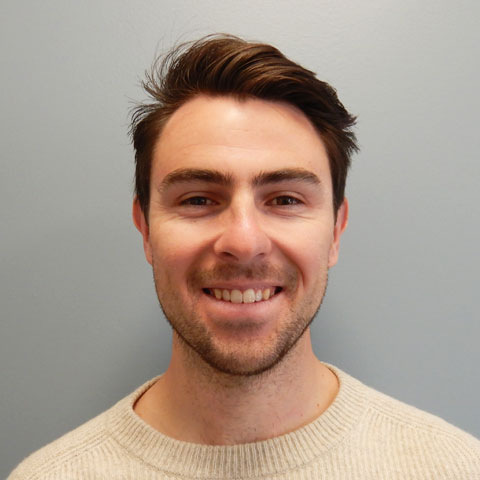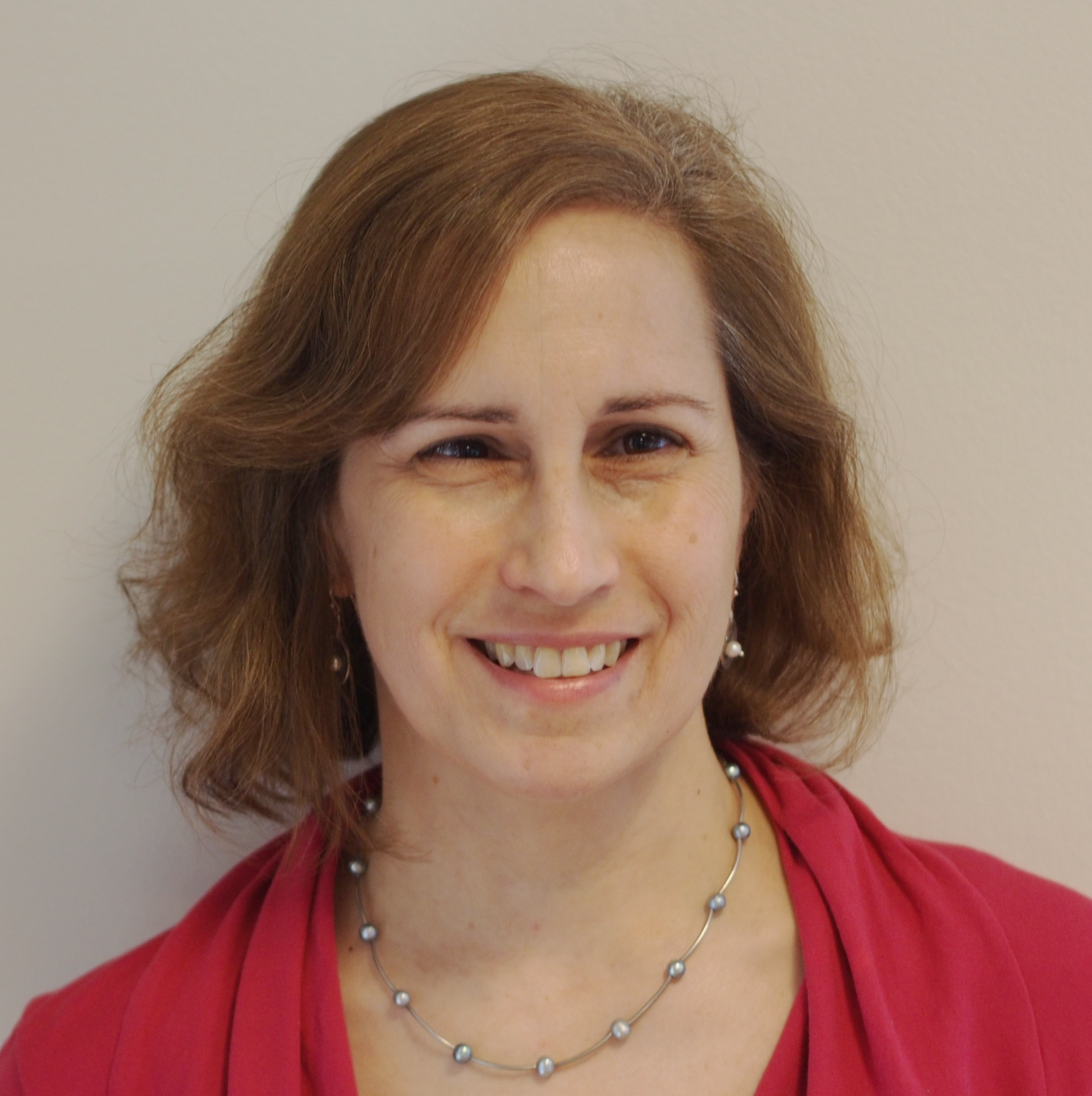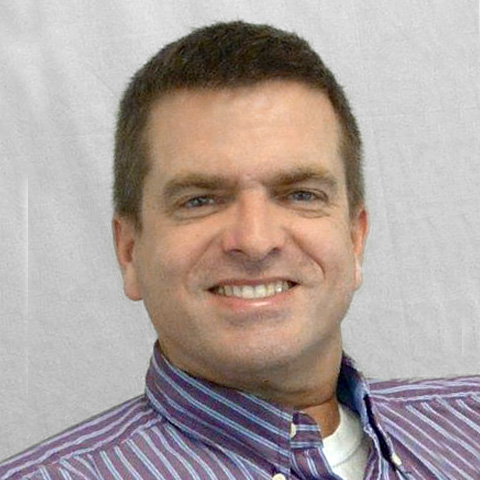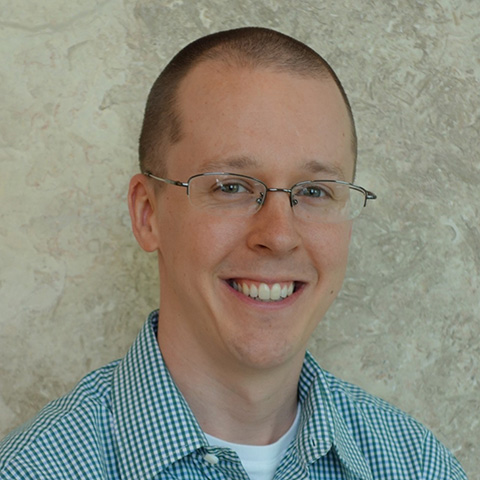Wastes and Toxics
ERG provides a full suite of services to help clients design, implement, and assess strategies and programs to prevent, reduce, and manage wastes and toxic releases. Our engineers and scientists characterize solid and hazardous wastes, conduct solid waste audits, and evaluate diverse technologies to inform site-specific remediation strategies. Their cutting-edge research and technical support on emerging issues includes PFAS investigations in all media and substrates. They also evaluate industrial processes and products to identify toxic releases and associated human and environmental exposures. To help clients understand options for reducing the volume and toxicity of waste streams, our engineers and life cycle analysts assess alternative manufacturing processes; identify green engineering, green chemistry, and treatment technology options; and evaluate recycling and end-of-life management strategies. Complementing this work, ERG program development and outreach specialists support government agencies in designing, implementing, and managing voluntary green purchasing, recycling, and waste reduction programs. For clients interested in understanding the value of regulatory or voluntary efforts, ERG economists evaluate the cost-benefit of waste or toxics management, reduction, and prevention programs.
Hazardous Waste
- Hazardous waste characterization
- Evaluation of hazardous waste treatment technologies
- Pollution prevention assessments and feasibility studies
- Identification of emerging hazardous waste issues and trends
- Risk-based targeting at the sector and facility level
- Hazardous waste regulatory development and analysis
- Waste management guidance and training
- Hazardous waste program evaluation
- Groundwater research
Solid Waste
- Solid waste characterization and waste flow assessments
- Life cycle analyses
- End-of-life management evaluations
- Solid waste audits
- Recycling program design and implementation
- Outreach, promotion, and education
- Data analysis, performance metrics, and tracking
Toxic Substances
- Industrial process analysis
- Identification of chemical releases and occupational exposures
- Chemical release modeling
- Exposure assessments and modeling
- Fate and transport assessments and modeling
- Screening-level risk assessments
- Risk and hazard ranking tool development
- Green engineering, green chemistry, and Design for the Environment (DfE) analyses
- Economic assessment of supply chains associated with chemical manufacturing, processing, and use
- Market data collection and analysis
